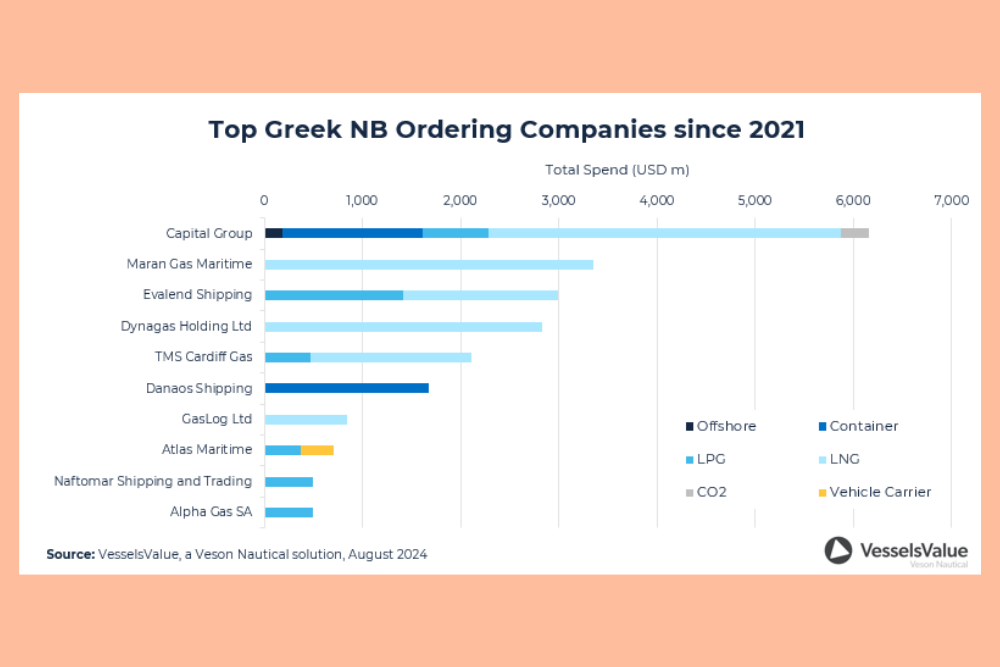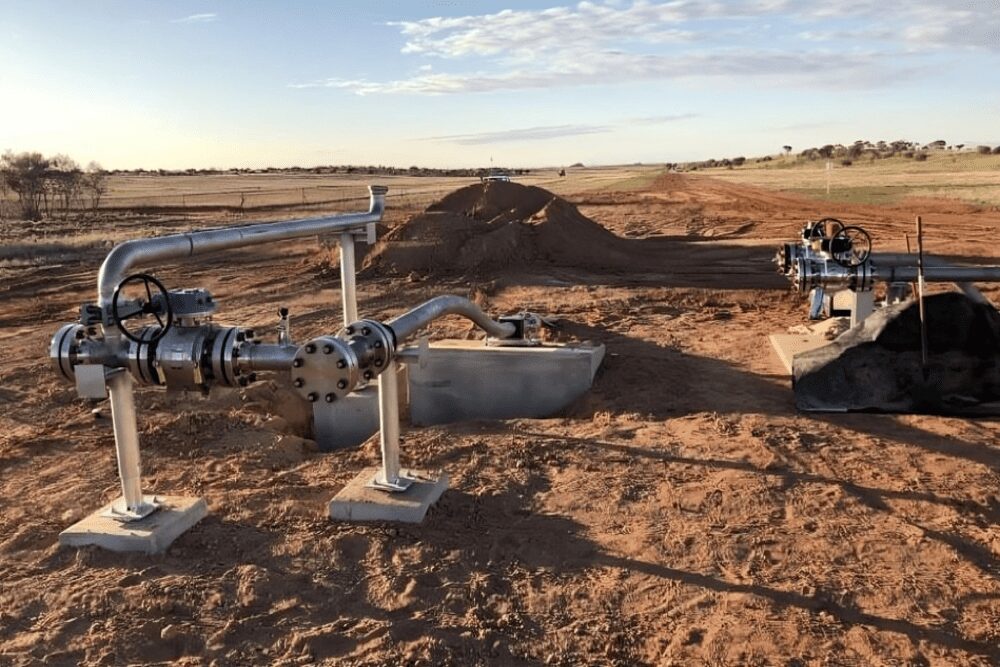
AI analysis of seismic data creates big value for operators Artificial intelligence (AI) has the potential to, and in some parts has already started to, transform many industries including oil and gas, manufacturing and education. With AI’s potential to augment or replace certain human competences, it is no surprise that a recent Ernst & Young (EY) survey outlined that more than 92 per cent of oil and gas companies are either currently investing in AI or plan to make an investment in the next two years.
This notion is already starting to have an impact: 50 per cent of oil and gas executives surveyed by EY say they have already begun using AI to help solve challenges at their organisations. According to a market research report by Mordor Intelligence, the AI in oil and gas market was valued at US$2 billion in 2019 and is expected to reach US$3.81 billion by 2025 –growing annually by 10.96 per cent.AI has the potential to greatly assist oil and gas exploration and production companies in many ways, including seismic data interpretation. Seismic data is the principal geophysical method used to image the subsurface in both land and marine environments. This data can be attained in two ways: two-dimensional (2D), which is acquired along a single continuous line and results in a cross-section image of the subsurface, and three-dimensional (3D), which is acquired across multiple lines and results in a cube of seismic data, allowing imaging of the subsurface from any angle.
Seismic data on land is typically collected with vibroseis trucks, which use steel plates to vibrate the ground through a range of frequencies to send a signal into the subsurface. In marine environments, data is collected using a specialised vessel towing an airgun array and a series of cables (3D), or single cable (2D), behind it. The amount of data collected from both land and marine seismic surveys continues to rise. According to Schultz, Tucker and Simpson (2019), a land seismic survey conducted in 2005 had 400,000 traces per square kilometres (km2), and by 2009, that number reached 36 million. Between 2005 to 2009, the average volume of data gathered on an eight-hour shift increased from 100 gigabytes to more than two terabytes. As a result, the volume of data collected has increased significantly, but at the same time, the timeline for delivering results has reduced. Further, while the increasing pressure and demands from operators and the market require ever faster interpretations of new data, the analysis still needs to be both accurate and reliable. In response to this mounting pressure, AI is utilised to enhance interpretation, enabling a rapid, unbiased and comprehensive understanding of data.
Integrating large volumes of geophysical and geological information into the decision-making process through AI has the potential to create significant value for operators. Using other methods, an interpreter could spend up to 60 per cent of their time picking horizons and only 40 per cent analysing the geological significance of the data. Through AI, however, the process of picking horizons can be fully automated, which means the interpreter can give a lot more attention to the geological and geophysical significance. Using AI aids the interpreter with fast transmission of large datasets and prospect identification, as well as optimisation of well locations and modelling of existing fields. It also enables data mining and integration of other relevant information such as well and production data. Oil and gas companies investing in AI In November 2018, Total embarked on a journey to support the development of AI solutions applied to subsurface data analysis for oil and gas exploration and production.
Total’s project focuses on the development of AI programs that will make it possible to interpret subsurface images, notably from seismic studies (using computer vision technology) and automate the analysis of technical documents (using natural language processing technology). These programs will allow Total’s geologists, geophysicists, reservoir and geo-information engineers to explore and assess oil and gas fields faster and more effectively. Marie-Noëlle Semeria, Senior Vice President, Group CTO at Total said applying AI in the oil and gas industry is a promising avenue to optimise performance, particularly in subsurface data interpretation. “This builds on the strategy being developed at Total, where AI is already used, for example, in predictive maintenance at facilities,” she said. In January 2019, BP’s venture capital firm invested $5 million to further bolster BP’s AI and digital capabilities in its upstream business.
The result was the development of a cloud-based geoscience platform using AI. The platform has a string of unique capabilities including specially designed ‘knowledge-graphs’. BP experts feed the platform geology, geophysics, reservoir and historic project information, and it intuitively links that information together, identifying new connections and workflows, creating a robust knowledge-graph of BP’s subsurface assets. Much like data searches available in the consumer domain, BP experts can then interrogate the data, asking the powerful knowledge-graph specific questions in natural language. The technology then uses AI neural networks to interpret results and perform rapid simulations. Aimed at accelerating project lifecycles, from exploration through to reservoir modelling, the technology is targeting a 90 per cent time reduction in data collection, interpretation and simulation.
David Eyton, BP’s group head of technology, said the AI-based platform, which has been nicknamed Sandy, is expected to unlock critical data for BP’s subsurface engineers at a much-accelerated pace.“Our experts will ask it questions about our reservoirs like, ‘What factors control production in the Chirag field?’. Sandy will then interpret our data, including mapping out many more scenarios than are currently constructed, helping us make faster, better informed upstream decisions,” he said. “This investment helps drive forward our digital strategy and further underpins our upstream operations with cutting edge technology.”
Sources: Applying AI in oil and gas, EY; How Artificial Intelligence Is Transforming Industries, Jack Mathew, Medium; AI in Oil and Gas Market -Growth, Trends, and Forecast (2020 -2025), Mordor Intelligence; Submission to the Senate Environmental and Communications Reference Committee -The impact of seismic testing on fisheries and the marine environment, Cooper Energy; Advancing Geophysical Interpretation in Oil and Gas Exploration, Gehrig Schultz, Chris Tucker and Kirsty Simpson, EPI, GeoExPro






